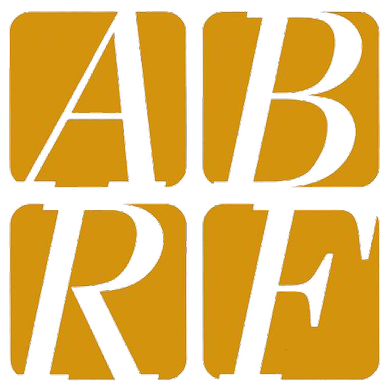A Practical Guide to Quantitative FLIM/FRET
The use of Förster resonance energy transfer (FRET) to measure molecular distances on a 1-10 nm range increases in popularity with each year. I attribute this to several factors, but primarily to the development of genetically encoded biosensors, and the ability to genetically tag proteins with fluorescent proteins and study their interactions inside living cells and organisms. While many microscopy techniques have been developed to measure FRET, fluorescence lifetime microscopy (FLIM) is in many ways the simplest, and most straightforward approach. Nonetheless, both FRET and FLIM can be intimidating techniques to master, particularly for new practitioners, as they involve monitoring kinetic events that typically occur in the picosecond to nanosecond (or faster) range and are used to probe events involving the interactions of single photons with one or more fluorophores. These types of events occur at the interface of classical physics and quantum mechanics. In this lecture, I will present a primer on FRET and FLIM basics using minimal math and hopefully generating maximal intuition. My goal is to help new practitioners feel comfortable thinking about the relevant events occurring on a nanoscale and in so doing motivate and empower all biologists to consider FRET for the powerful research tool it can be.

